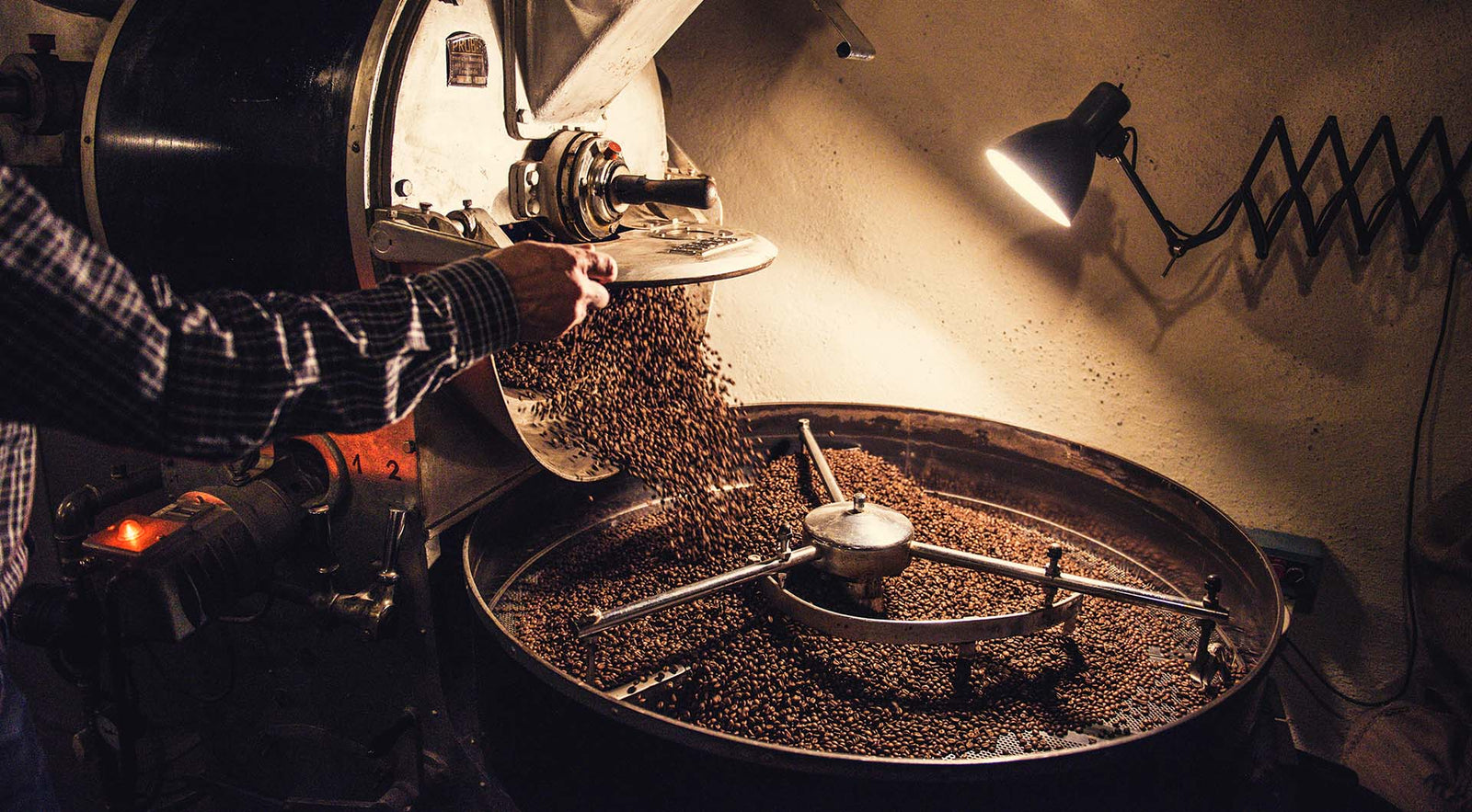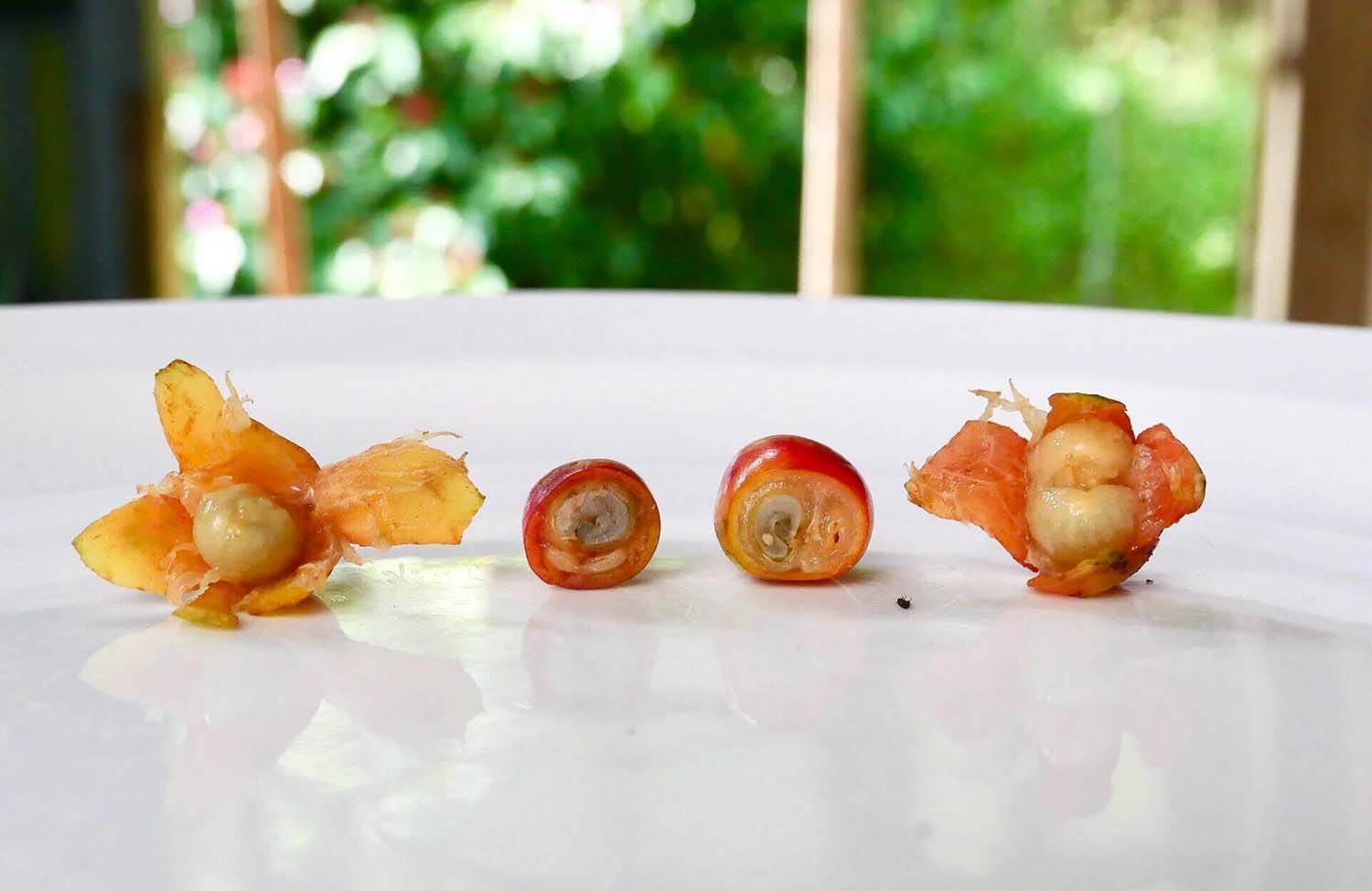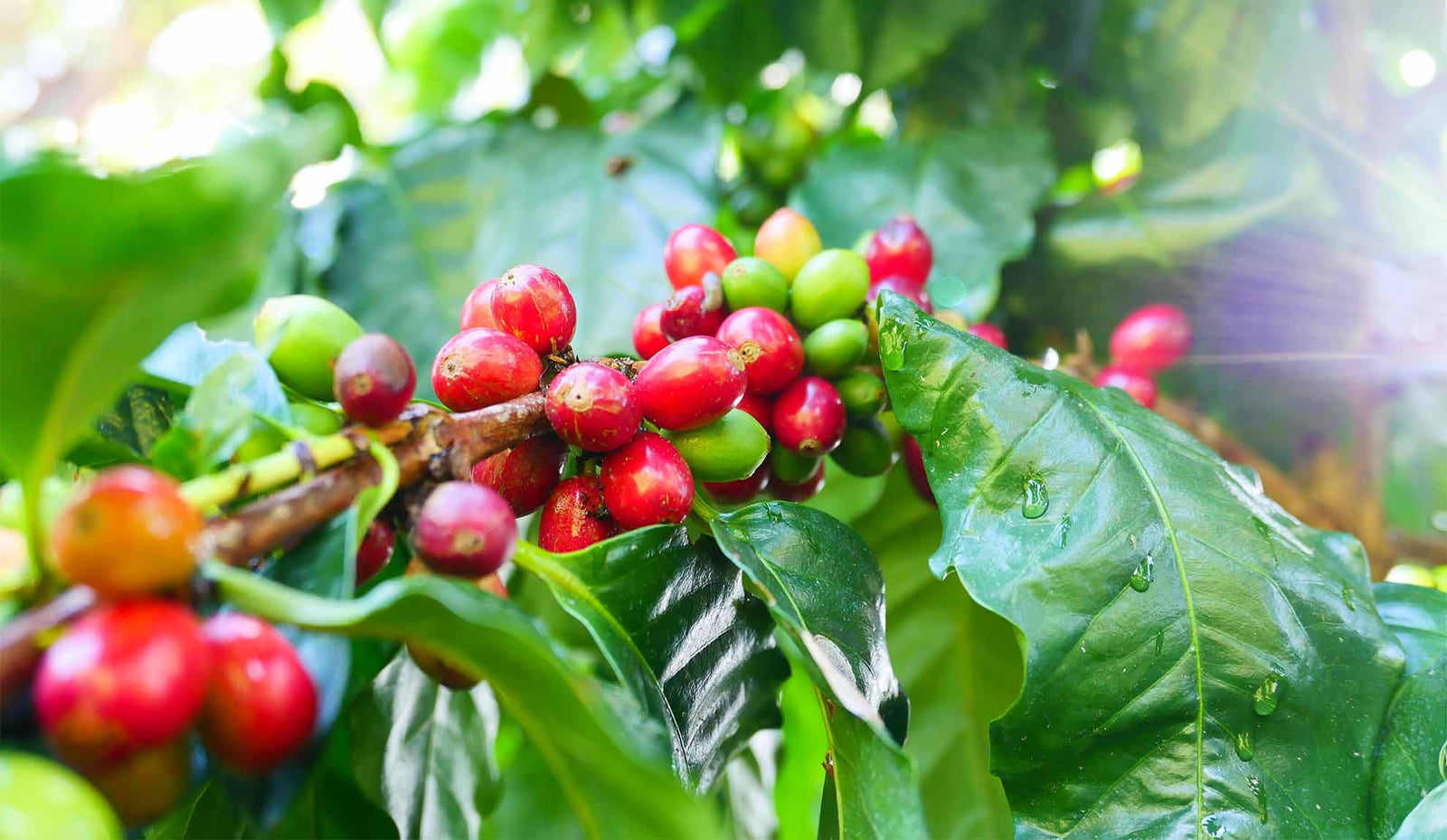In the specialty coffee sector, single origin coffees are becoming increasingly popular with consumers and cafés alike.
Some of the best single origin coffee in the world comes from Hawaii, including 100% Kona coffee from the Kona District of the Big Island. And while Kona coffee blends have historically had their issues with authenticity, what about Hawaiian coffee blends more widely?
Read on to learn more about the differences between single origin Hawaiian coffee and blends.

What is single origin coffee?
Let’s start by exploring what exactly we mean by single origin coffee. Although this term is used a lot, it actually has a broad definition. However, at the simplest level, it is a label used to describe a coffee that comes from one region, producer, or crop.
Within that, there are single farm and single estate coffees (grown on a single farm or estate) as well as micro lots and nano lots (grown almost exclusively on the same plot of land).
Single origin coffees are known for their transparency, traceability, and unique flavor profiles. Because these coffees are grown entirely in one place, their cup profile will reflect the individual characteristics and terrain of where they were grown.

What is a coffee blend?
Again, in the simplest possible definition, a blend is the opposite of a single origin coffee: it is made up of multiple different coffees from a number of farms, regions, or even countries.
Roasters blend coffees to create or achieve a specific flavor profile that works well for certain beverages or palates. They give the roaster the flexibility to be more consistent, and allow them to account for any seasonal variation in the beans they buy.
Because they can achieve this consistent, reliable flavor year-on-year, blends are often used for espresso drinks. It’s easy enough to blend coffee for a more intense flavor which “punches” through milk.

Hawaiian coffee blends & authenticity
Blending is a fairly contentious issue with Hawaiian coffees. This is because there are a number of authenticity issues with Hawaiian coffee, specifically related to Kona coffee.
There are strict labeling laws in Hawaii, which require any blended Kona coffee to state the percentage contained in each bag. In order to be considered authentic Kona coffee, it must be 100% composed of beans from the Kona district.
However, the same is not true in US states beyond Hawaii. Here, many retailers sell “Kona blends”, which are often a combination of beans from other origins such as Colombia or Brazil with a small percentage of Kona coffee. They then charge a much higher price than they normally would, misleading consumers.
These bags are often labelled with phrases such as “Kona Sunset” or “Kona Gold”, or even “Kona Style” or “Kona Roast”. Because of this mislabeling, retailers are able to charge unsuspecting consumers a premium.
This is a major issue for a number of reasons. First, it drives down the perceived price of Kona coffee by flooding the market with imitation products. Secondly, the change in quality and flavor of blended Kona coffee can affect the reputation of farmers who do produce 100% Kona coffee.
This is why it’s so important to check the label of any “Kona blends” or “Hawaiian coffee blends” before you buy. If you see a price that is too good to be true for 100% single origin Kona coffee, it likely is.

So, what about other Hawaiian coffee blends?
While blending is a controversial issue when it comes to Kona coffee, other Hawaiian coffee blends can still be absolutely delicious. As Hawaiian coffees have unique cup profiles, blending coffees from Maui, Ka’u, and even other parts of the Big Island can create delicious flavors.
Many Hawaiian coffee blends are perfect for espresso and milk-based drinks, such as flat whites and cappuccinos. Take, for example, our 100% Hawaiian espresso blend, Hawaiian Harmony.
This is a medium to medium-dark roast containing 100% Hawaiian coffee, sourced from the Big Island, Oahu, and Maui. It is a balanced blend with a medium-full creamy mouthfeel and low acidity.
It can be prepared as espresso, filter, or French press, but no matter how you brew it, you can expect a sweet cupof coffee with notes of butterscotch, cocoa, nutmeg, and dried fruit. We’ve had plenty of positive feedback on it, too.
According to David T, one of our buyers: “It was all I was hoping for and more. Smooth, medium body and nutty with pronounced butterscotch/caramel and cocoa notes.
“And I love that in each cup you are literally drinking a small piece of Hawaii. An excellent cup of coffee.”

The modern specialty coffee scene is full of technical and sometimes confusing terminology. We hope this guide to what blends and single origin coffees are has been helpful.
At the same time, while there are obviously authenticity issues with Kona coffee, that doesn’t mean you can’t find delicious Hawaiian coffee blends out there. Make sure you buy from a reputable, responsible roaster, take a look at the label to make sure it’s 100% Hawaiian, and ask questions if you’re not sure.




